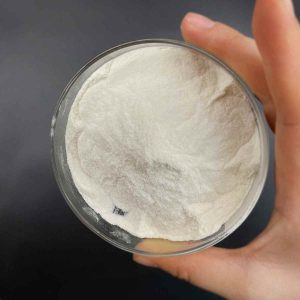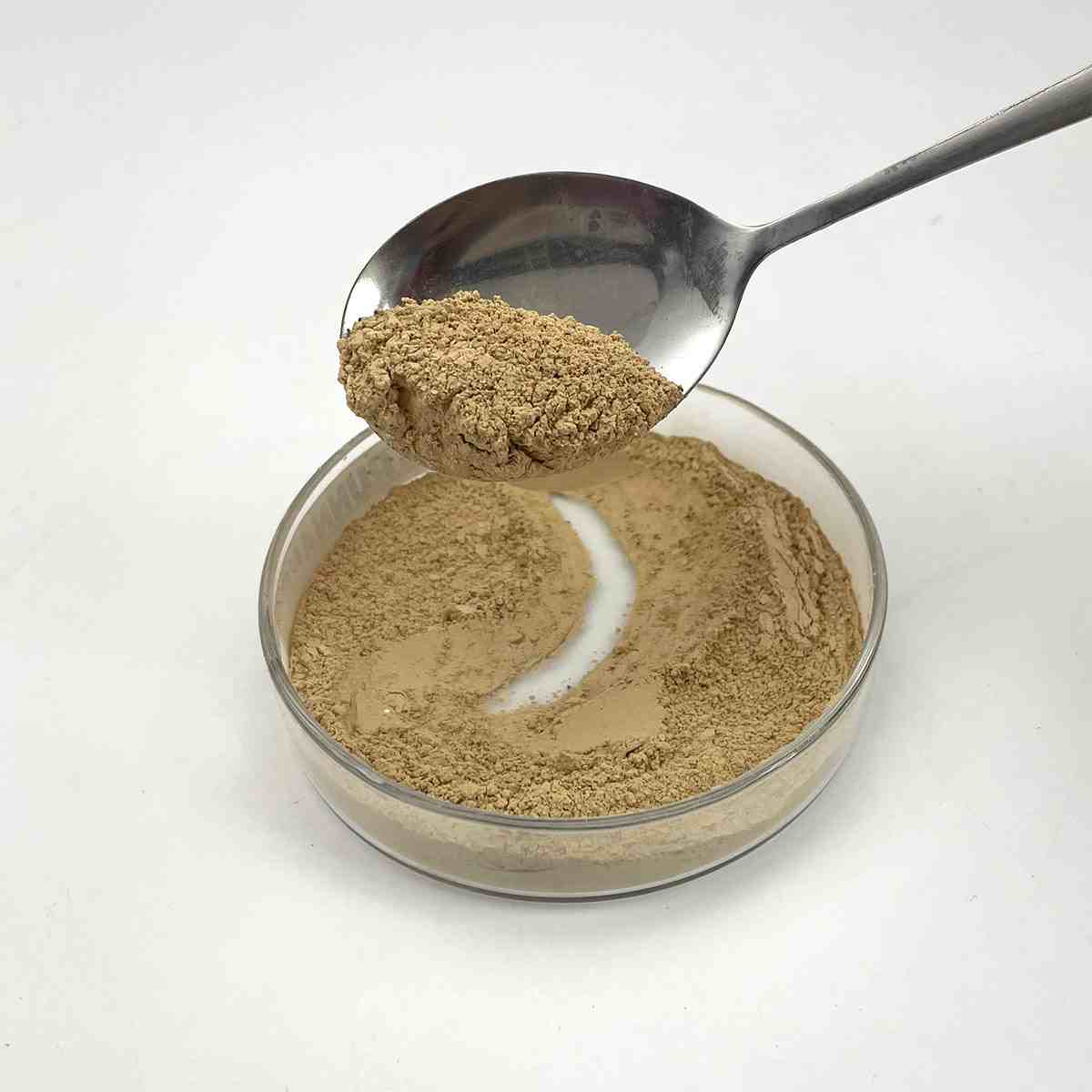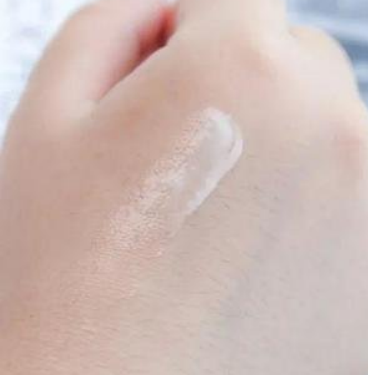1. Introduction
Just 24 hours ago, the European Commission announced a new review of anionic surfactants in rinse-off cosmetics, reigniting public debate over ingredients like sodium lauryl sulfate (SLS). As consumers increasingly scrutinize product labels, understanding what SLS really is—and how it stacks up against alternatives like alkyl polyglucoside or sodium cocoyl isethionate—has never been more important.

Sodium lauryl sulfate, also known as sodium dodecyl sulfate (SDS), is one of the most widely used surfactants in the world. Found in everything from shampoos to herbicides, this versatile compound plays a key role in cleaning, foaming, and emulsifying. But with so many similar-sounding names—sodium laureth sulfate, ammonium lauryl sulfate, coco betaine—it’s easy to get confused. Let’s break it all down.
2. What Is Sodium Lauryl Sulfate?
Sodium lauryl sulfate (SLS), sometimes labeled as sls sodium lauryl sulfate, na lauryl sulfate, or natrium lauryl sulfate, is a synthetic anionic surfactant derived from lauryl alcohol (often sourced from coconut or palm kernel oil). Chemically, it’s known as sodium dodecyl sulfate, with the formula CH₃(CH₂)₁₁OSO₃⁻Na⁺.
As a surfactant—short for ‘surface-active agent’—SLS reduces surface tension between liquids or between a liquid and a solid. This allows water to spread and wet surfaces more easily, lift dirt and oil, and create rich lather. That’s why it’s so common in toothpaste, body wash, and dish soap.
3. How SLS Compares to Other Common Surfactants
3.1 Sodium Laureth Sulfate (SLES)
Often confused with SLS, sodium laureth sulfate (also called sodium lauryl ether sulfate or sodium lauryl ether sulphate) is ethoxylated, meaning it has ethylene oxide groups added. This makes it milder on the skin but introduces concerns about 1,4-dioxane contamination. You’ll see it labeled as sls sodium laureth sulfate, laureth sulphate, or sulphate laureth sulfate in some regions.
3.2 Amphoteric and Non-Ionic Alternatives

Gentler options include amphoteric surfactants like cocamidopropyl betaine (also called coco betaine, amidopropyl betaine, or cocamido), which can act as both anionic and cationic depending on pH. Non-ionic surfactants like decyl glucoside, coco glucoside, polysorbate 80, Span80, Pluronic 127, and Poloxamer 188 are even milder and often used in ‘sulfate-free’ products.
Bio surfactants such as sodium cocoyl glutamate and sodium lauroyl sarcosinate (a sarcosinate derivative) are gaining popularity for their biodegradability and skin compatibility. Meanwhile, cationic surfactants like cetyl trimethyl ammonium bromide (CTAB) or cetyltrimethylammonium bromide are used for conditioning, not cleansing.
4. Industrial and Agricultural Uses
Beyond personal care, SLS and related compounds serve as surfactant for herbicides and weed killer formulations. Here, they act as wetting agents—helping sprays stick to waxy plant leaves. Lawn wetting agent products often include lignin sulfonate or ethoxylated alcohols alongside traditional anionic surfactants.
In labs, sodium dodecylbenzene sulfonate and sodium deoxycholate are used for protein denaturation, while fluoro surfactants and copper 1 bromide serve niche roles in advanced materials. Methylated seed oil is another common adjuvant paired with surfactants in agricultural sprays.
5. Safety, Myths, and Misconceptions
Despite viral claims, SLS is not carcinogenic. However, it can be irritating to skin and eyes at high concentrations—especially for people with sensitive skin or conditions like eczema. Regulatory bodies like the FDA and EU SCCS consider it safe in rinse-off products at typical usage levels (usually 1–15%).

The confusion often stems from mixing up SLS with sodium laureth sulfate (SLES), which may contain trace impurities. Also, terms like ‘sls sulfate’ or ‘laureth’ are sometimes misused in marketing to imply all sulfates are harmful—a misleading oversimplification.
6. The Rise of Sulfate-Free Formulations
Consumer demand has driven a boom in sulfate-free shampoos and cleansers using alternatives like sodium coco sulfate (sometimes called coco sodium sulfate), sodium lauroyl methyl isethionate, or alkyl polyglucoside. These deliver mild cleansing without the stinging sensation some associate with SLS.
Brands now highlight ingredients like cocamidopropyl, lauroyl sarcosinate, or bio surfactants to appeal to eco-conscious buyers. Companies like Rohit Surfactants Private Limited are scaling up production of plant-derived, non-ionic surfactants to meet this demand.
7. Where to Buy and How It’s Labeled
If you’re formulating products or sourcing raw materials, you might search for ‘sodium lauryl sulfate for sale.’ It’s available in powder or liquid form and often listed under INCI names like sodium lauryl sulfate, sodium dodecyl sulfate, or lauryl sulfate.
Watch for regional spelling differences: ‘sulfate’ (American English) vs. ‘sulphate’ (British English). Labels may say ‘sls sodium’ or ‘sodium laureth’—always check the full INCI list to know exactly what you’re getting.
8. Conclusion
Sodium lauryl sulfate remains a workhorse surfactant thanks to its effectiveness and low cost. But as awareness grows, so does the market for gentler, greener alternatives like decyl glucoside, cocamidopropyl betaine, and sodium cocoyl isethionate. Whether you’re choosing a shampoo or formulating a herbicide, understanding the meaning of surfactant—and the differences between anionic, cationic, non-ionic, and amphoteric types—empowers smarter decisions.
Our Website founded on October 17, 2012, is a high-tech enterprise committed to the research and development, production, processing, sales and technical services of ceramic relative materials such as 10. Our products includes but not limited to Boron Carbide Ceramic Products, Boron Nitride Ceramic Products, Silicon Carbide Ceramic Products, Silicon Nitride Ceramic Products, Zirconium Dioxide Ceramic Products, etc. If you are interested, please feel free to contact us.


